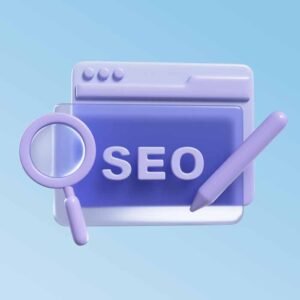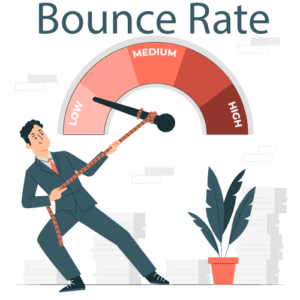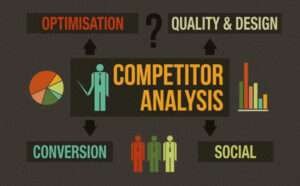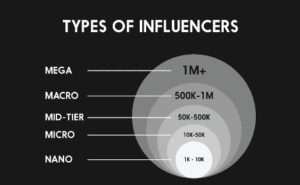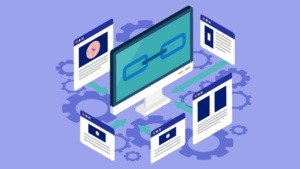Page speed refers to how quickly content on a page loads when a user visits your site. This concept is distinct from website speed, which is the average loading time of a particular page across multiple visits. Various factors influence page loading speed, including the number and size of images, videos, media files, themes, and plugins installed on your site. Coding practices and server-side scripts also impact your website’s loading speed and overall user experience.
Many users are reluctant to revisit pages that load slowly and are unlikely to click on those links a second time. Site loading speed is thus one of the most effective indicators in search engine optimization (SEO).
Why Page Loading Speed is Crucial
Every second counts when it comes to page loading speed. For example, when the page load time increases from one to three seconds, the probability of bounces (visitors leaving quickly) increases by 32%. If a page takes five seconds to load, the bounce rate increases to 90%. In essence, if a page doesn’t load within seconds, visitors are likely to abandon it.
Slow web page speeds can negatively impact engagement and conversion rates. Page loading speed is fundamental in search engine optimization (SEO). Search engines, including Google, consider various factors when ranking web pages, and page speed is one of them. If your web pages take too long to load or encounter problems or errors during the loading process, users will perceive your website as untrustworthy.
Optimizing page speed is crucial for maintaining a reliable and highly visited website. Faster page load times lead to improved site performance, more page views, higher conversion rates, and increased revenue.

Website Speed Optimization: Key Aspects
Website speed optimization is essential for enhancing conversion rates, visibility, and usability:
Conversion
Website conversion is vital for business success, as it involves getting visitors to perform desired actions, such as making a purchase or signing up for a newsletter. Faster page load times lead to higher conversion rates, as users are more likely to complete actions when they don’t have to wait for pages to load.
Visibility
Website loading time affects how easily users can access your website and is one of the factors Google considers when ranking sites. A faster website is more likely to rank higher in search engine results, leading to increased visibility and traffic.
Usability
Page speed, loading time, and responsiveness directly affect user satisfaction and loyalty. Better website performance leads to greater user satisfaction, as visitors can quickly access and navigate through your site without delays.
Site speed is a critical ranking factor in search engines because it directly relates to users’ experiences with the site. A fast-loading website can significantly enhance user experience, leading to increased engagement and higher rankings in search engine results.
Strategies to Improve Page Loading Speed
Improving page loading speed is essential for enhancing site performance. Here are several effective strategies:
Choosing the Right Host with Optimized Performance
The choice of hosting provider plays a crucial role in website management and performance, including page loading speed. Performance-focused hosting options provide faster load times on powerful platforms, ensuring a smoother user experience.
Compress and Optimize Images
Images enhance the visual appeal and content quality of web pages, but large images can slow down loading times. Compressing and optimizing images is one of the easiest ways to speed up page loading. This can be done by changing the file format, enabling lazy loading, and compressing images using lossy or lossless compression techniques. Reducing image sizes helps pages load faster.
Caching Web Pages
Caching is a highly effective way to speed up web pages. By saving a copy of the site’s files, caching reduces the time required for the server to generate and present a web page to the visitor’s browser. This minimizes server resource usage and reduces the Time to First Byte (TTFB).
Enable Browser Cache
Browser caching improves page loading speed by allowing the browser to save various elements, such as style sheets, images, and JavaScript files. This means the entire page doesn’t need to be reloaded every time a user visits, significantly speeding up subsequent visits.
Reducing Redirects
Too many unnecessary redirects on web pages can negatively impact loading speed, as they lengthen the HTTP request and response process. Minimizing redirects helps improve page load times.
Use Asynchronous and Deferred Loading for CSS and JavaScript Files
Websites consist of CSS and JavaScript files that can be loaded either synchronously or asynchronously. When the browser encounters a synchronous script, it stops loading other elements on the page until that script is fully loaded. Asynchronous and deferred loading allows scripts to load in the background, preventing delays in loading other elements.
Minify CSS, JavaScript, and HTML
Minifying involves removing unnecessary characters (such as spaces, commas, and comments) from code files. This reduces file sizes and helps improve loading speed. Minification can be applied to CSS, JavaScript, and HTML files.
Use a Content Delivery Network (CDN)
A CDN distributes your site’s content across multiple servers in different geographic locations. When a user visits your site, content is delivered from the server closest to their location, reducing load times and improving speed.
Remove Unnecessary Plugins
Excessive plugins can slow down your website. Regularly review and remove plugins that are not essential to your site’s functionality. This helps improve loading speed and reduces the risk of conflicts or security issues.

Detailed Steps for Implementing Speed Optimization Techniques
Hosting Selection
When selecting a hosting provider, consider options like VPS (Virtual Private Server) hosting, dedicated hosting, or managed WordPress hosting, which offer better performance compared to shared hosting. Look for hosts with optimized server configurations, including solid-state drives (SSDs) and advanced caching mechanisms.
Image Optimization
Use tools like Photoshop, TinyPNG, or ImageOptim to compress images before uploading them to your site. Implement responsive images using the srcset attribute in HTML, which serves different image sizes based on the user’s device. Enable lazy loading to defer the loading of off-screen images until they are needed.
Implementing Caching
For WordPress users, plugins like W3 Total Cache or WP Super Cache can automate the caching process. For non-WordPress sites, consider server-side caching solutions like Varnish Cache or using .htaccess rules to enable browser caching.
Browser Caching Setup
Modify your site’s .htaccess file to set expiry dates for various types of content (e.g., images, CSS, JavaScript). This tells browsers how long they should keep files in cache before requesting a fresh copy from the server.
Reducing Redirects
Conduct an audit of your website to identify and eliminate unnecessary redirects. Use tools like Screaming Frog SEO Spider to detect redirect chains and loops.
Asynchronous and Deferred Loading
For WordPress users, plugins like Async JavaScript can help manage script loading. For manual implementation, add async or defer attributes to script tags in your HTML. The async attribute loads scripts as soon as they are available, while defer loads them after the HTML has been parsed.
Minification
Use tools like CSSNano, UglifyJS, or HTMLMinifier to minify code files. Many website optimization plugins, such as Autoptimize for WordPress, offer automatic minification features.
CDN Integration
Sign up for a CDN service like Cloudflare, Amazon CloudFront, or Akamai. Configure your CDN to cache static content and integrate it with your website. Most CDN providers offer detailed setup guides and support to assist with integration.
Plugin Management
Regularly review installed plugins and deactivate or delete those that are not in use. Look for multifunctional plugins that can replace several single-function plugins, reducing the load on your site.
Conclusion
Page loading speed is a crucial aspect of your website’s performance, affecting user engagement, bounce rates, and search engine rankings. By understanding the factors that influence page speed and implementing optimization strategies, you can significantly improve your site’s loading times and overall user experience.
Selecting the right hosting provider, optimizing images, enabling caching, reducing redirects, and employing asynchronous loading for scripts are all effective ways to enhance page speed. Additionally, using CDNs, minifying code, and managing plugins can further boost your site’s performance.
By prioritizing page loading speed and taking proactive steps to optimize it, you can create a more efficient, user-friendly website that not only ranks higher in search engine results but also retains visitors and converts them into loyal customers.
















